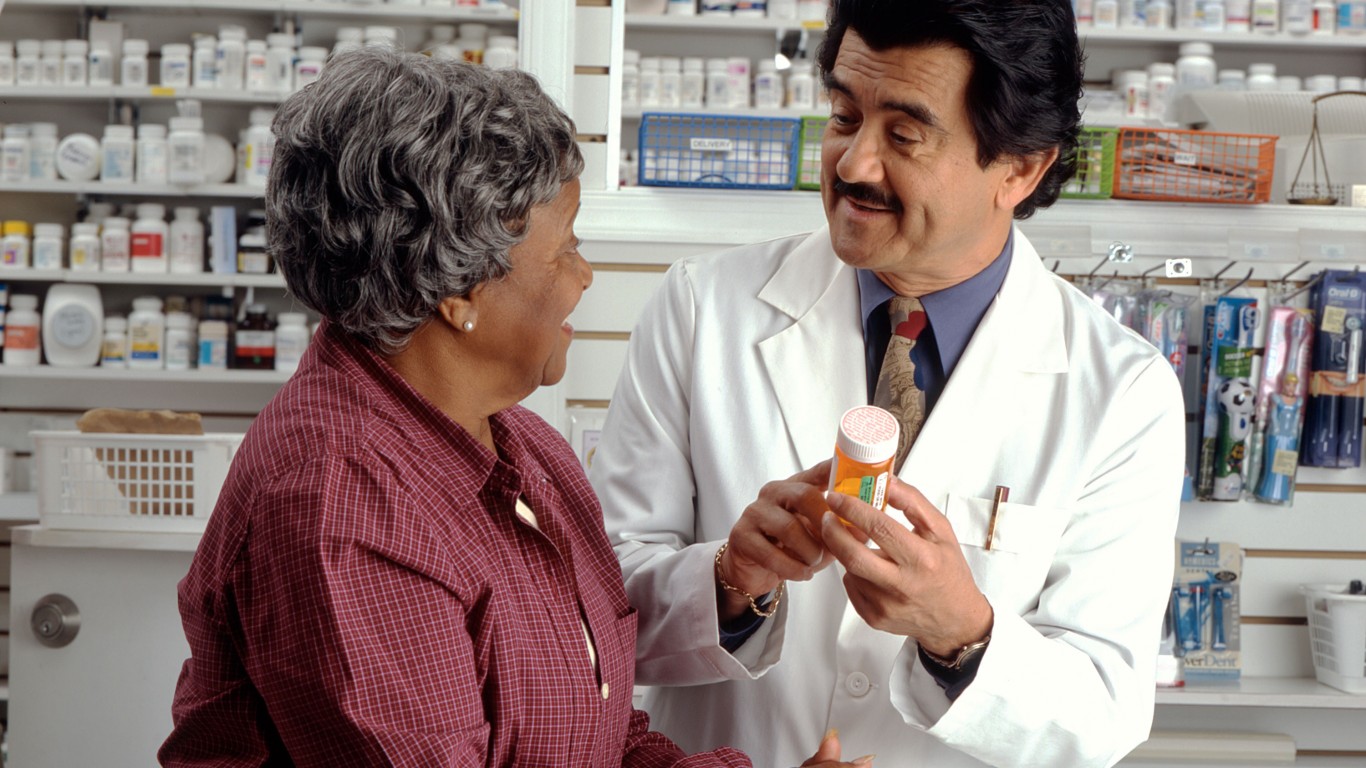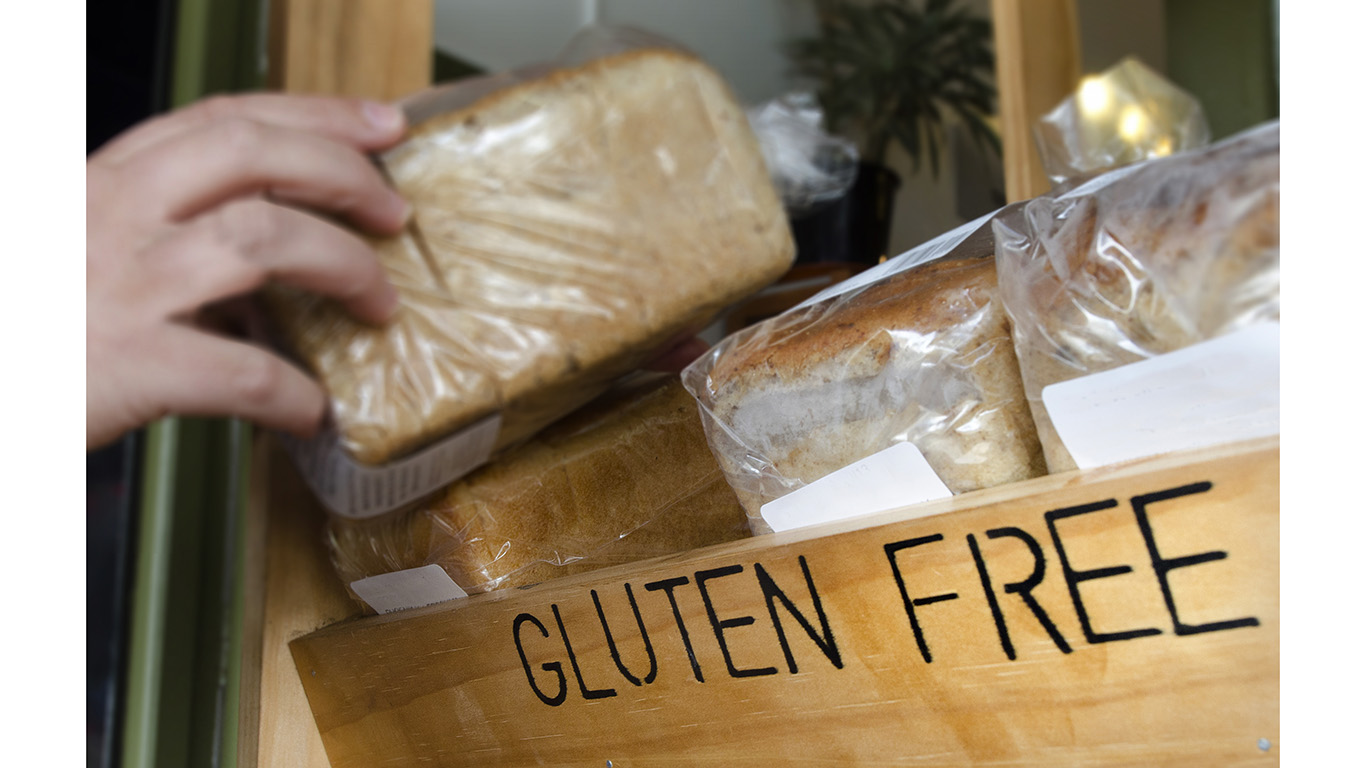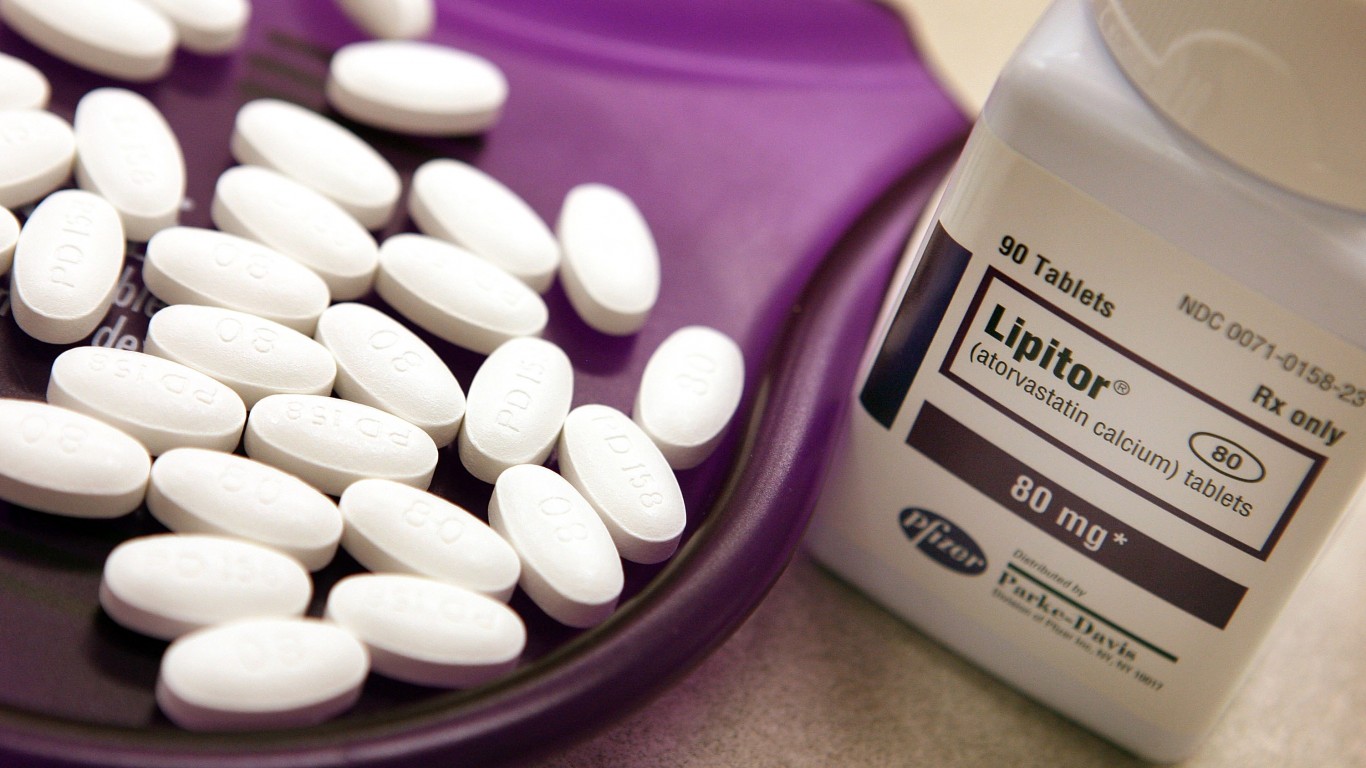
Access to pharmacies is a crucial part of healthcare for countless Americans. In addition to dispensing life-saving medications and vaccines — including the vaccines for COVID-19 — pharmacists also function as knowledgeable care providers to the communities they serve.
Pharmacies are often more accessible than doctors’ offices, which require an appointment and sometimes a waiting period of months, and may be some distance away. Pharmacists also provide consultation and information regarding possible drug interactions. (These are the 25 most dangerous drugs.)
A recent study published in the Journal of the American Medical Association that analyzed the medical interactions of over 680,000 Medicare recipients found that visits to pharmacies were significantly more numerous than those to primary care providers. (Here are 20 things pharmacists want you to know.)
Many Americans, however, live in pharmacy deserts — even in major metropolises. A recent study showed that nearly 15 million people in America’s 30 largest cities don’t have convenient access to a pharmacy. A majority of those people are black or Latino, a fact that highlights the racial disparities that exist in our current healthcare system.
24/7 Tempo has compiled a list of the 50 counties around the country with the most pharmacies per capita. Only counties with populations of 25,000 or more were included (the county with the highest pharmacy-to-inhabitant ratio, Hodgeman in Kansas, for instance, has a population of only 1,876).
Click here to see the counties with the most pharmacies per capita
To identify the counties with the most pharmacies, 24/7 Tempo reviewed a study provided by USA RX on pharmacies by state, using internal data from the U.S Census Bureau. Only counties with populations of 25,000 or more were included (the county with the highest pharmacy-to-inhabitant ratio, Hodgeman in Kansas, for instance, has a population of only 1,876). The percentage of population reporting sub-optimal health is from the 2021 County Health Rankings and Roadmaps, a collaboration between the University of Wisconsin Population Health Institute and the Robert Wood Johnson Foundation.
Of the 50 counties included, a majority are in the South, with 11 in Kentucky, seven in Georgia, five in West Virginia, four each in Alabama and Mississippi, and three in Virginia.
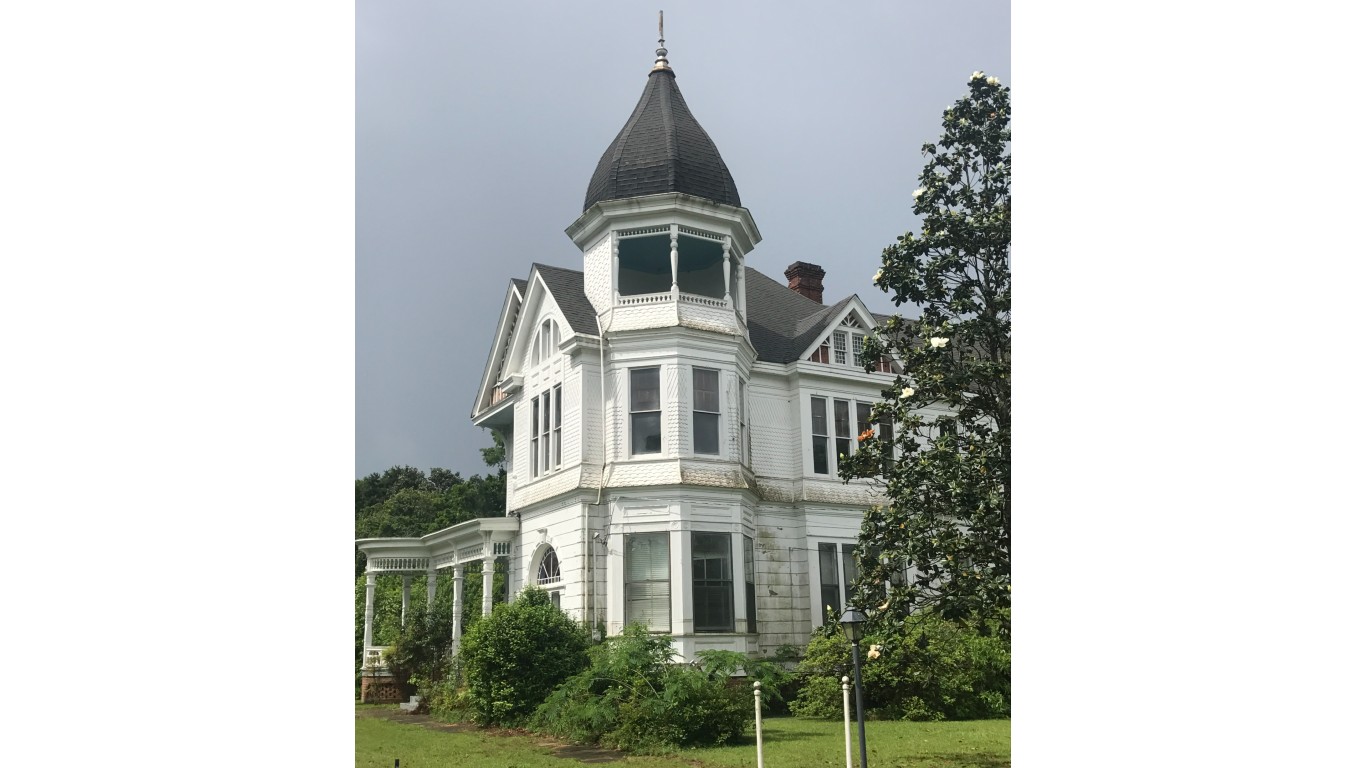
50. Pike, Mississippi
> Pharmacies per 10k residents: 3.31
> Total pharmacies: 13
> Population reporting sub-optimal health: 28.3% — #81 highest out of 2,830
[in-text-ad]
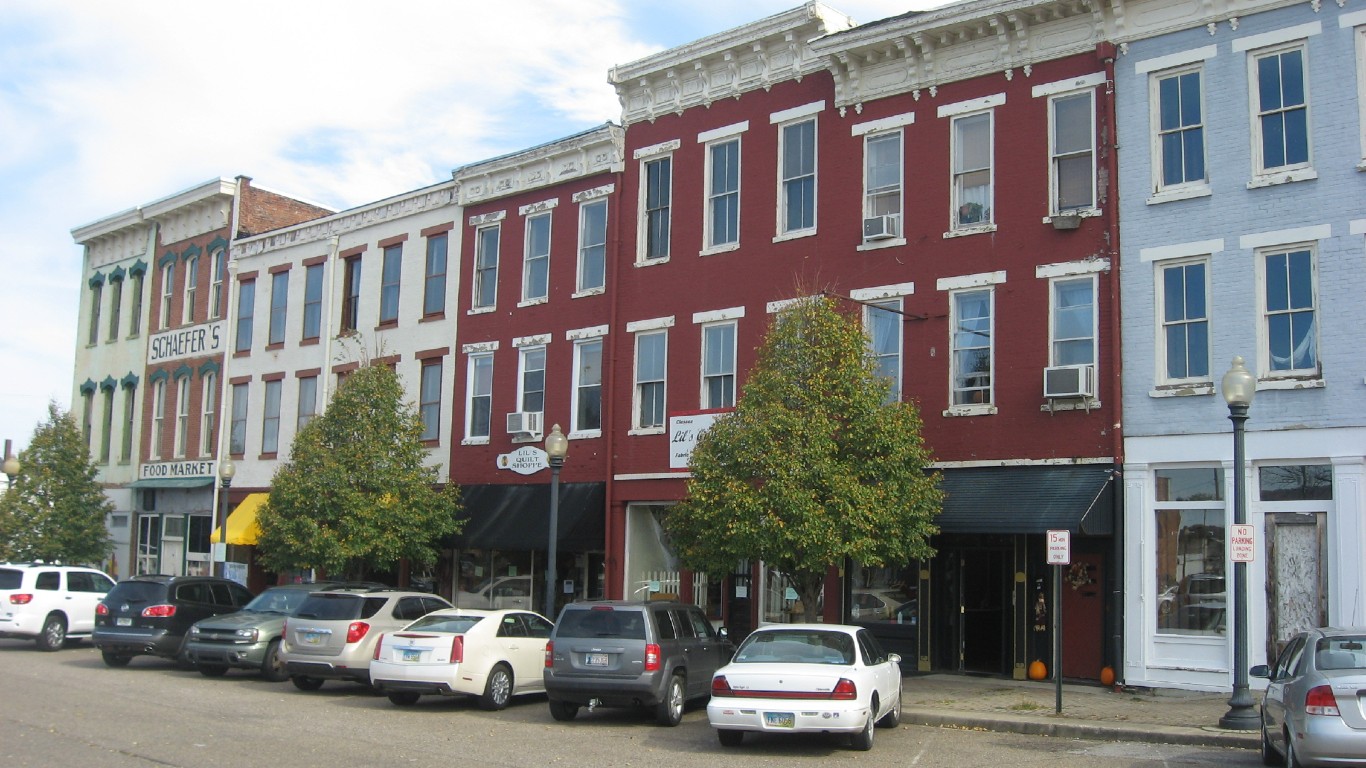
49. Scioto, Ohio
> Pharmacies per 10k residents: 3.32
> Total pharmacies: 25
> Population reporting sub-optimal health: 23.2% — #382 highest out of 2,830
48. Haralson, Georgia
> Pharmacies per 10k residents: 3.36
> Total pharmacies: 10
> Population reporting sub-optimal health: 16.3% — #1,664 highest out of 2,830
47. Lauderdale, Mississippi
> Pharmacies per 10k residents: 3.37
> Total pharmacies: 25
> Population reporting sub-optimal health: 21.1% — #698 highest out of 2,830
[in-text-ad-2]

46. Pickens, Georgia
> Pharmacies per 10k residents: 3.38
> Total pharmacies: 11
> Population reporting sub-optimal health: 13.4% — #2,381 highest out of 2,830
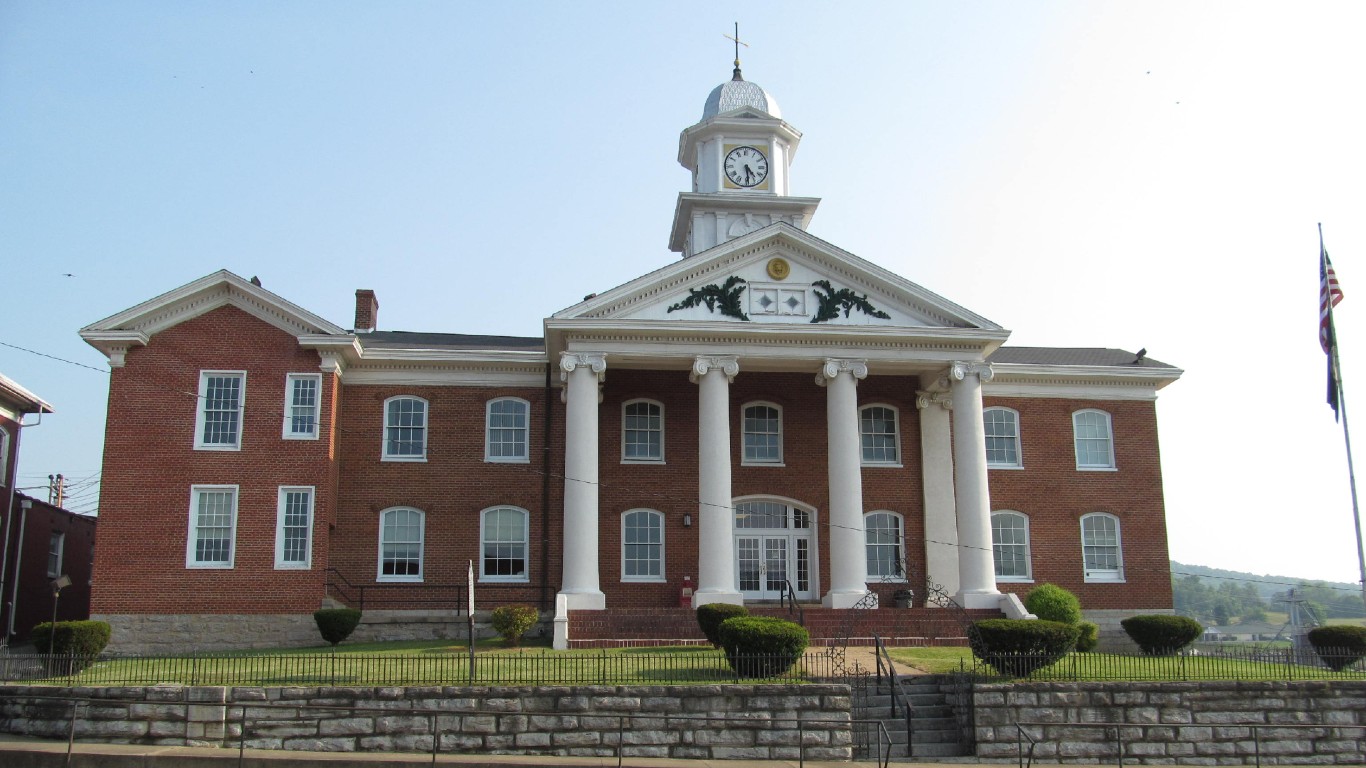
45. Russell, Virginia
> Pharmacies per 10k residents: 3.39
> Total pharmacies: 9
> Population reporting sub-optimal health: 18.2% — #1,239 highest out of 2,830
[in-text-ad]
44. Sumter, Georgia
> Pharmacies per 10k residents: 3.39
> Total pharmacies: 10
> Population reporting sub-optimal health: 24.8% — #234 highest out of 2,830

43. Madison, Mississippi
> Pharmacies per 10k residents: 3.39
> Total pharmacies: 36
> Population reporting sub-optimal health: 17.0% — #1,485 highest out of 2,830

42. Dunklin, Missouri
> Pharmacies per 10k residents: 3.43
> Total pharmacies: 10
> Population reporting sub-optimal health: 30.4% — #43 highest out of 2,830
[in-text-ad-2]

41. Montgomery, Kansas
> Pharmacies per 10k residents: 3.46
> Total pharmacies: 11
> Population reporting sub-optimal health: 17.7% — #1,326 highest out of 2,830

40. Cullman, Alabama
> Pharmacies per 10k residents: 3.46
> Total pharmacies: 29
> Population reporting sub-optimal health: 21.8% — #587 highest out of 2,830
[in-text-ad]

39. Coffee, Georgia
> Pharmacies per 10k residents: 3.47
> Total pharmacies: 15
> Population reporting sub-optimal health: 21.3% — #667 highest out of 2,830
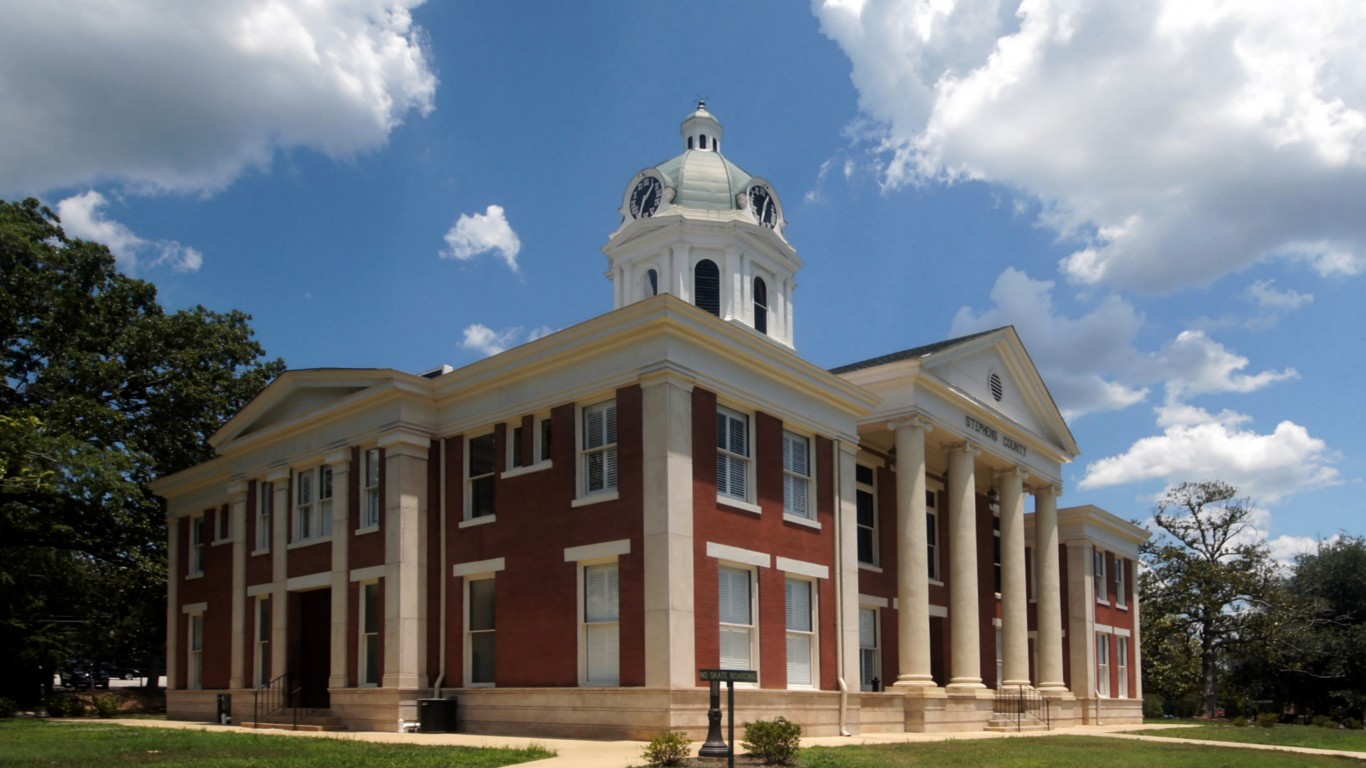
38. Stephens, Georgia
> Pharmacies per 10k residents: 3.47
> Total pharmacies: 9
> Population reporting sub-optimal health: 18.4% — #1,198 highest out of 2,830

37. Washington, Tennessee
> Pharmacies per 10k residents: 3.48
> Total pharmacies: 45
> Population reporting sub-optimal health: 19.9% — #927 highest out of 2,830
[in-text-ad-2]

36. Dallas, Alabama
> Pharmacies per 10k residents: 3.49
> Total pharmacies: 13
> Population reporting sub-optimal health: 29.8% — #49 highest out of 2,830
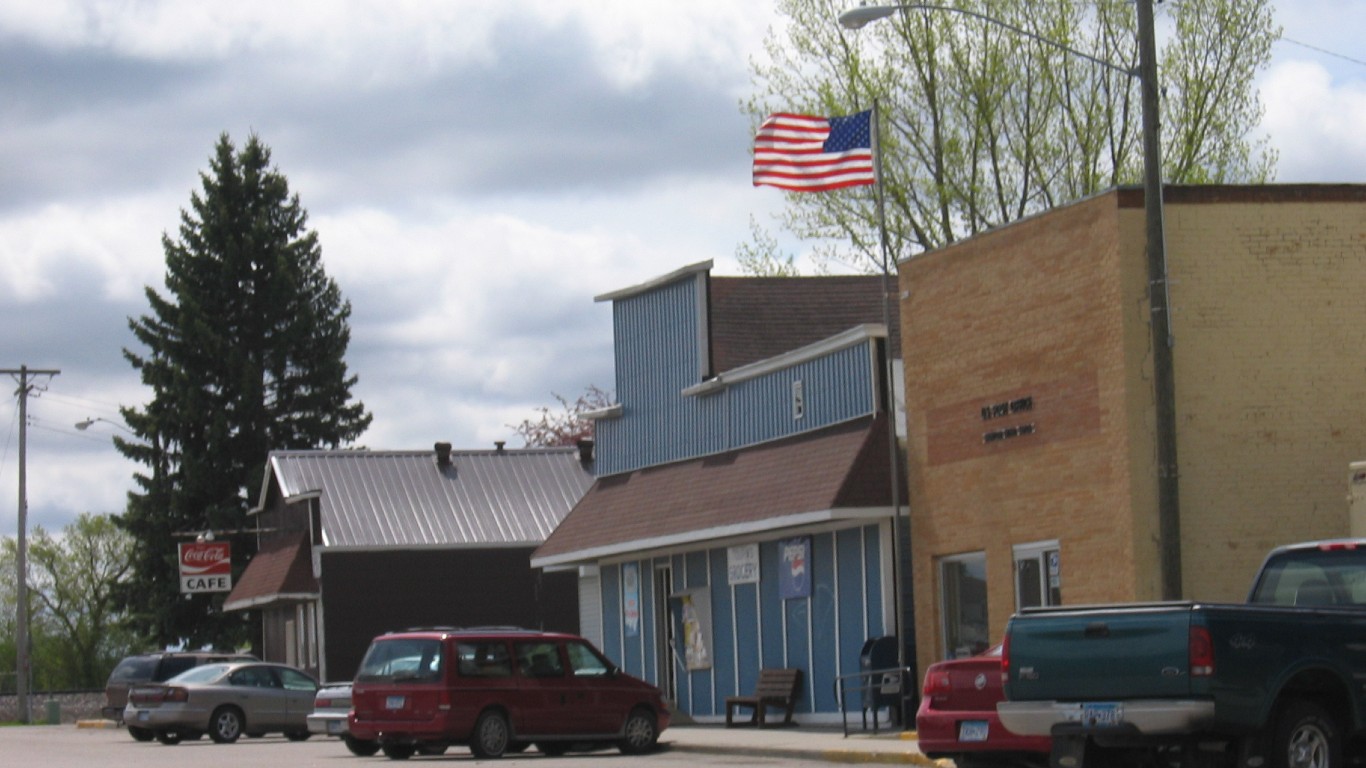
35. Polk, Minnesota
> Pharmacies per 10k residents: 3.51
> Total pharmacies: 11
> Population reporting sub-optimal health: 13.6% — #2,321 highest out of 2,830
[in-text-ad]

34. Routt, Colorado
> Pharmacies per 10k residents: 3.51
> Total pharmacies: 9
> Population reporting sub-optimal health: 11.0% — #2,764 highest out of 2,830
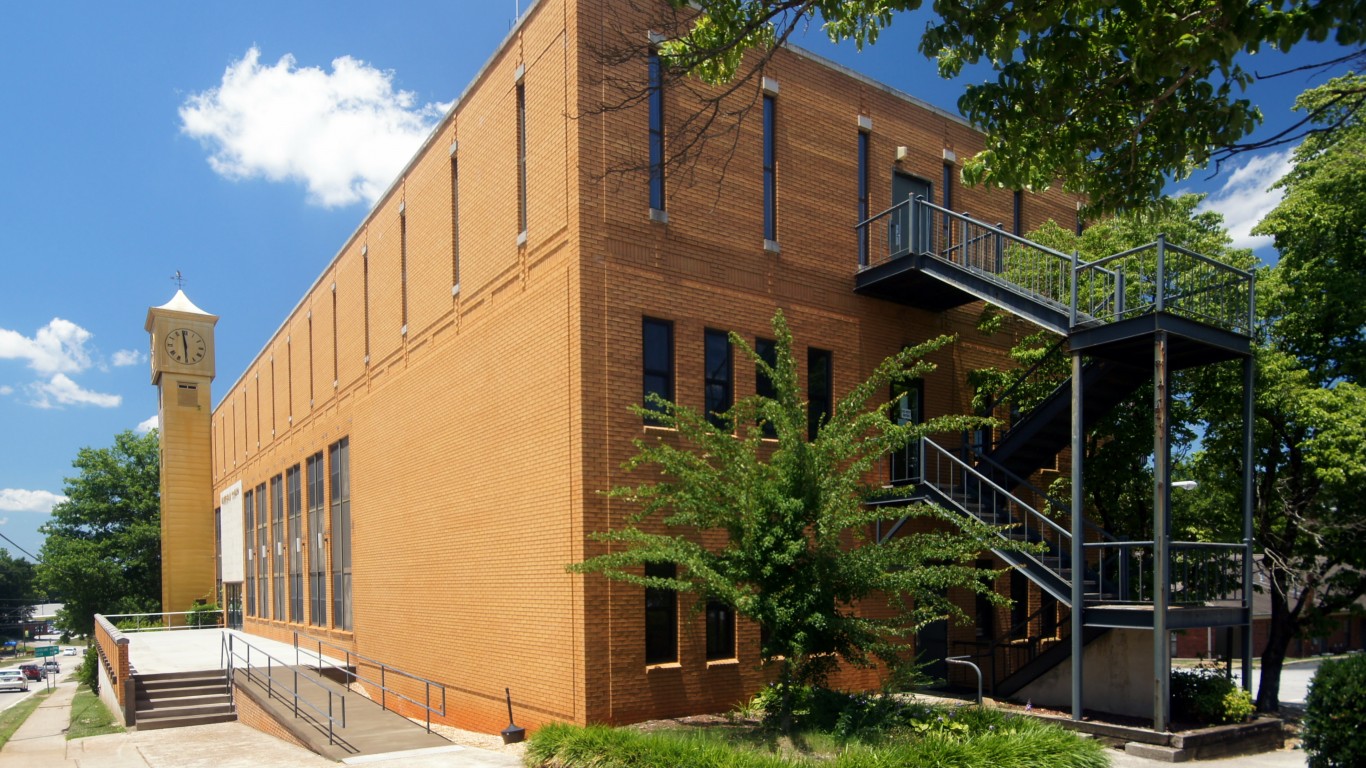
33. Habersham, Georgia
> Pharmacies per 10k residents: 3.53
> Total pharmacies: 16
> Population reporting sub-optimal health: 18.0% — #1,263 highest out of 2,830
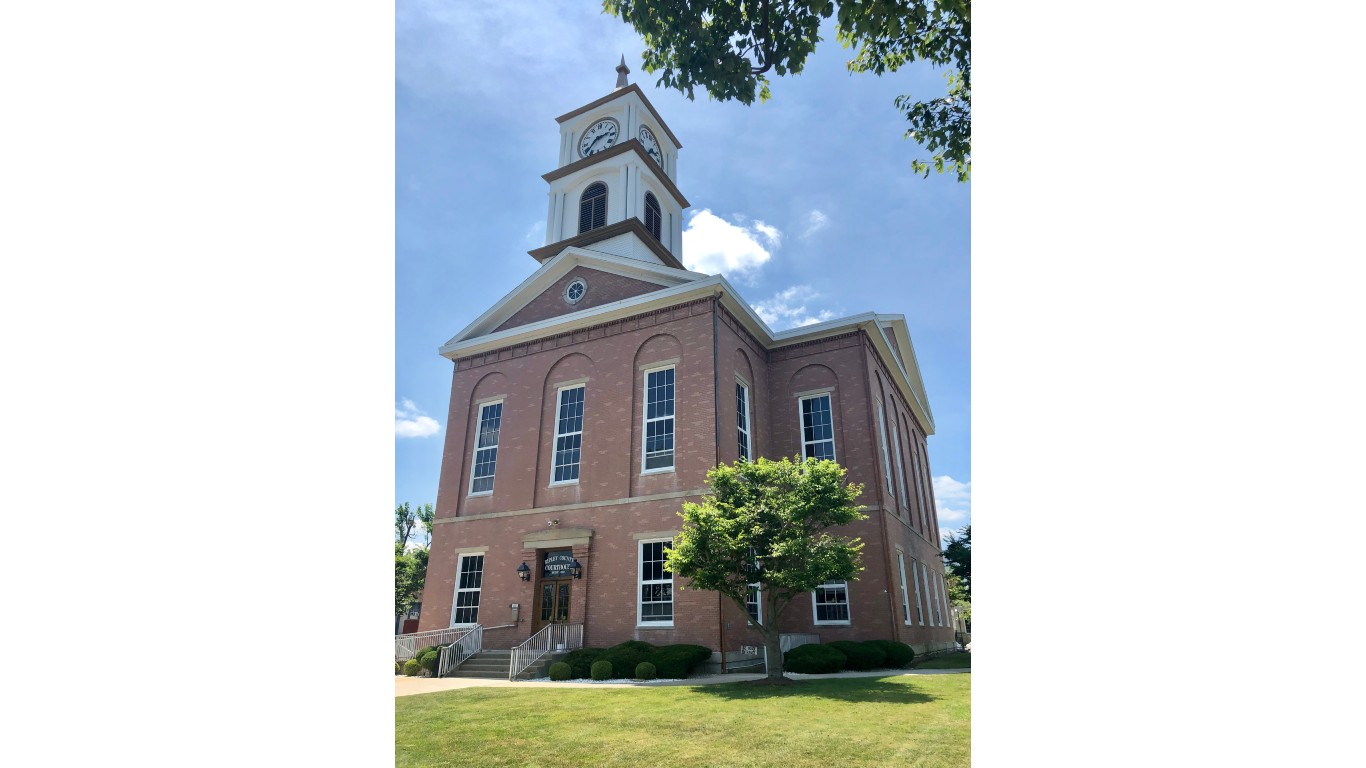
32. Ripley, Indiana
> Pharmacies per 10k residents: 3.53
> Total pharmacies: 10
> Population reporting sub-optimal health: 17.8% — #1,303 highest out of 2,830
[in-text-ad-2]
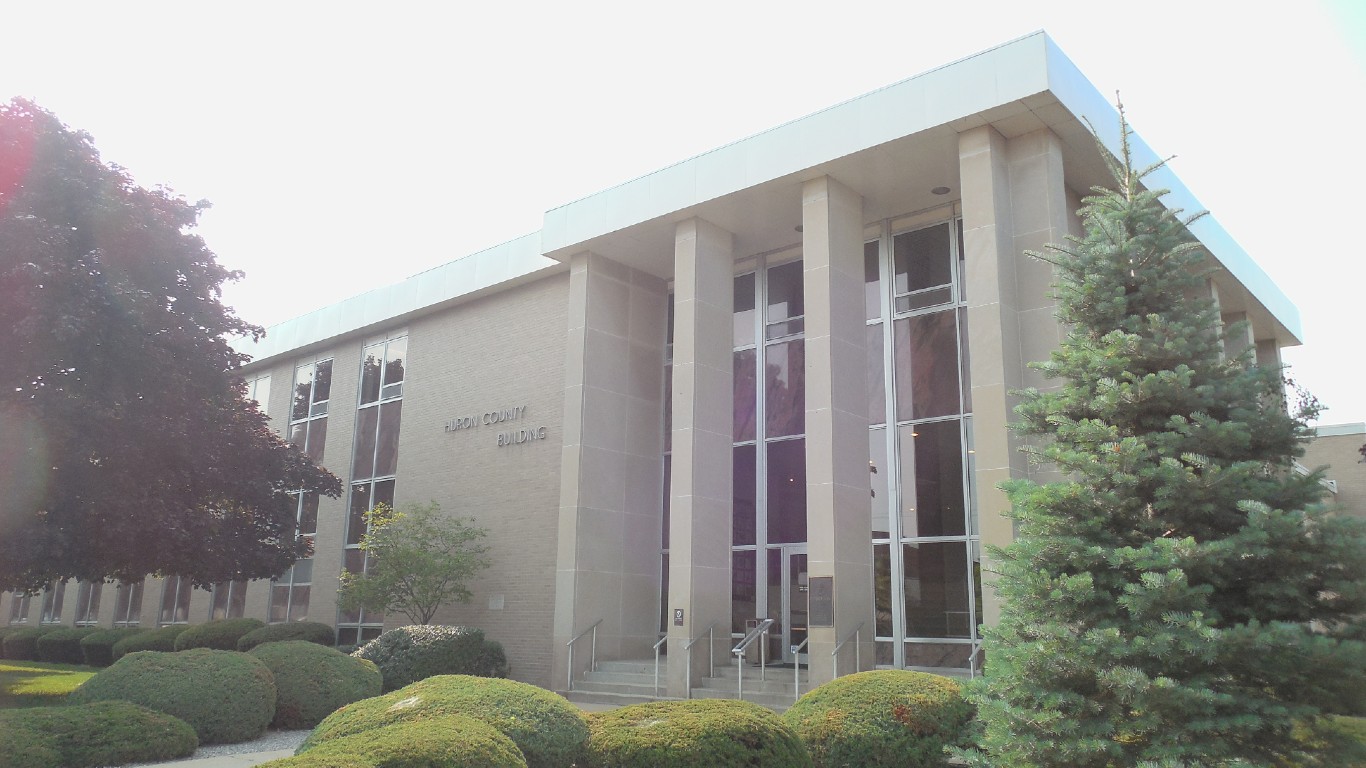
31. Huron, Michigan
> Pharmacies per 10k residents: 3.55
> Total pharmacies: 11
> Population reporting sub-optimal health: 14.5% — #2,115 highest out of 2,830
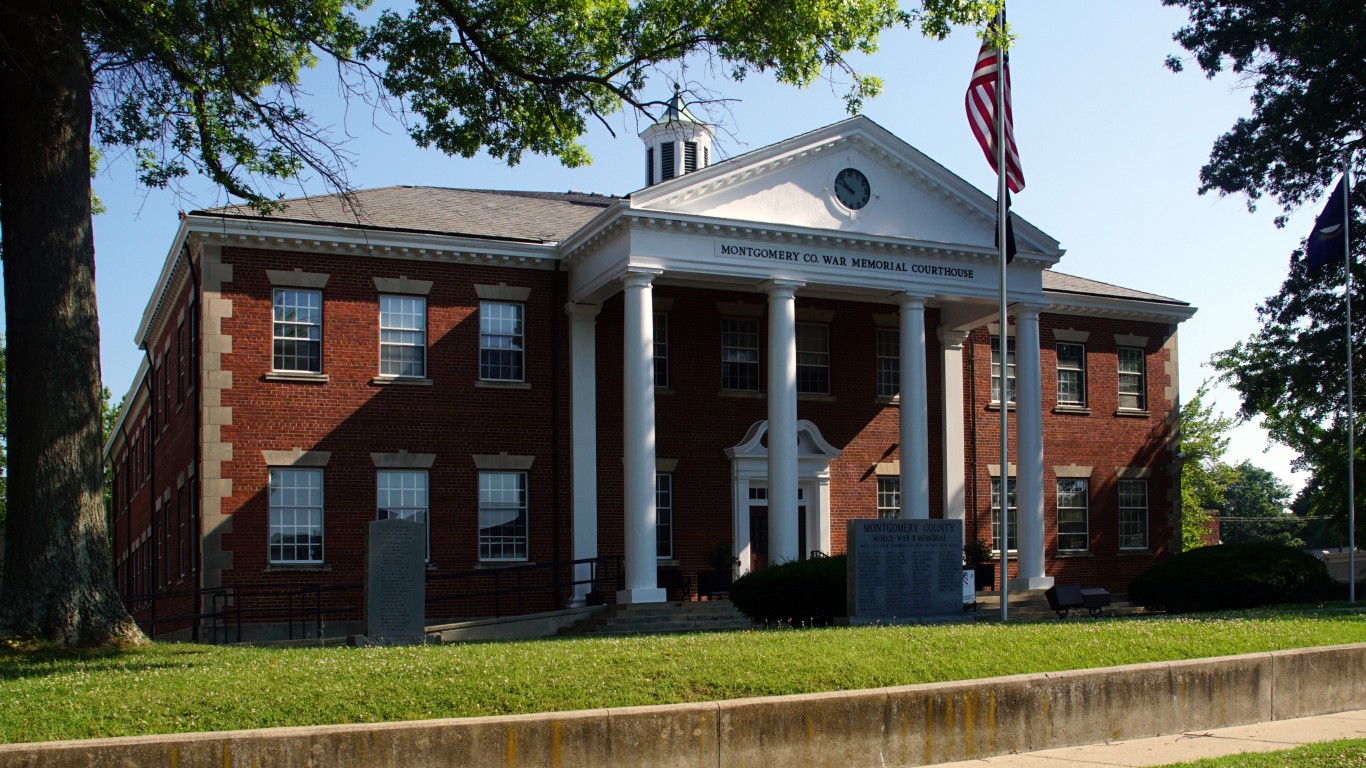
30. Montgomery, Kentucky
> Pharmacies per 10k residents: 3.55
> Total pharmacies: 10
> Population reporting sub-optimal health: 22.4% — #486 highest out of 2,830
[in-text-ad]

29. Hopkins, Kentucky
> Pharmacies per 10k residents: 3.58
> Total pharmacies: 16
> Population reporting sub-optimal health: 20.4% — #825 highest out of 2,830
28. Muhlenberg, Kentucky
> Pharmacies per 10k residents: 3.59
> Total pharmacies: 11
> Population reporting sub-optimal health: 22.8% — #441 highest out of 2,830

27. Brown, Minnesota
> Pharmacies per 10k residents: 3.60
> Total pharmacies: 9
> Population reporting sub-optimal health: 11.3% — #2,738 highest out of 2,830
[in-text-ad-2]
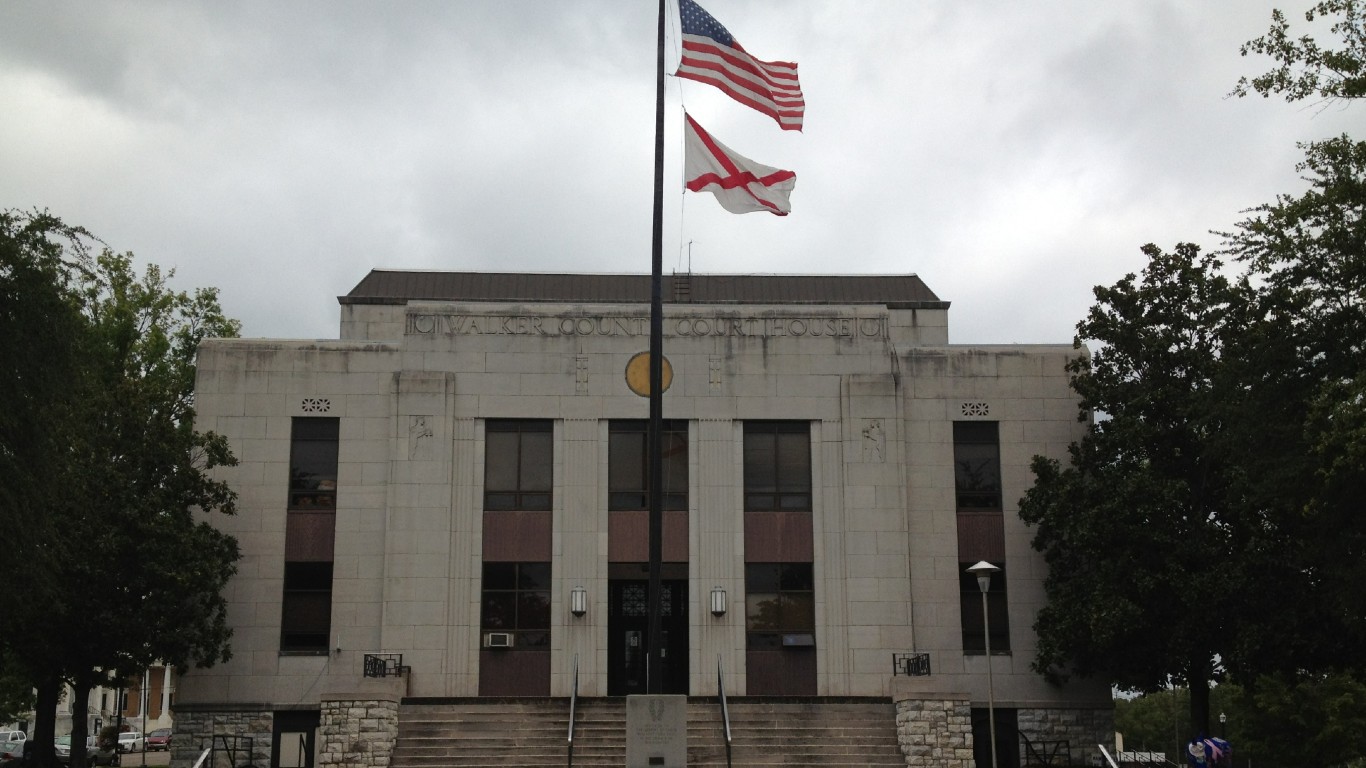
26. Walker, Alabama
> Pharmacies per 10k residents: 3.62
> Total pharmacies: 23
> Population reporting sub-optimal health: 24.4% — #257 highest out of 2,830
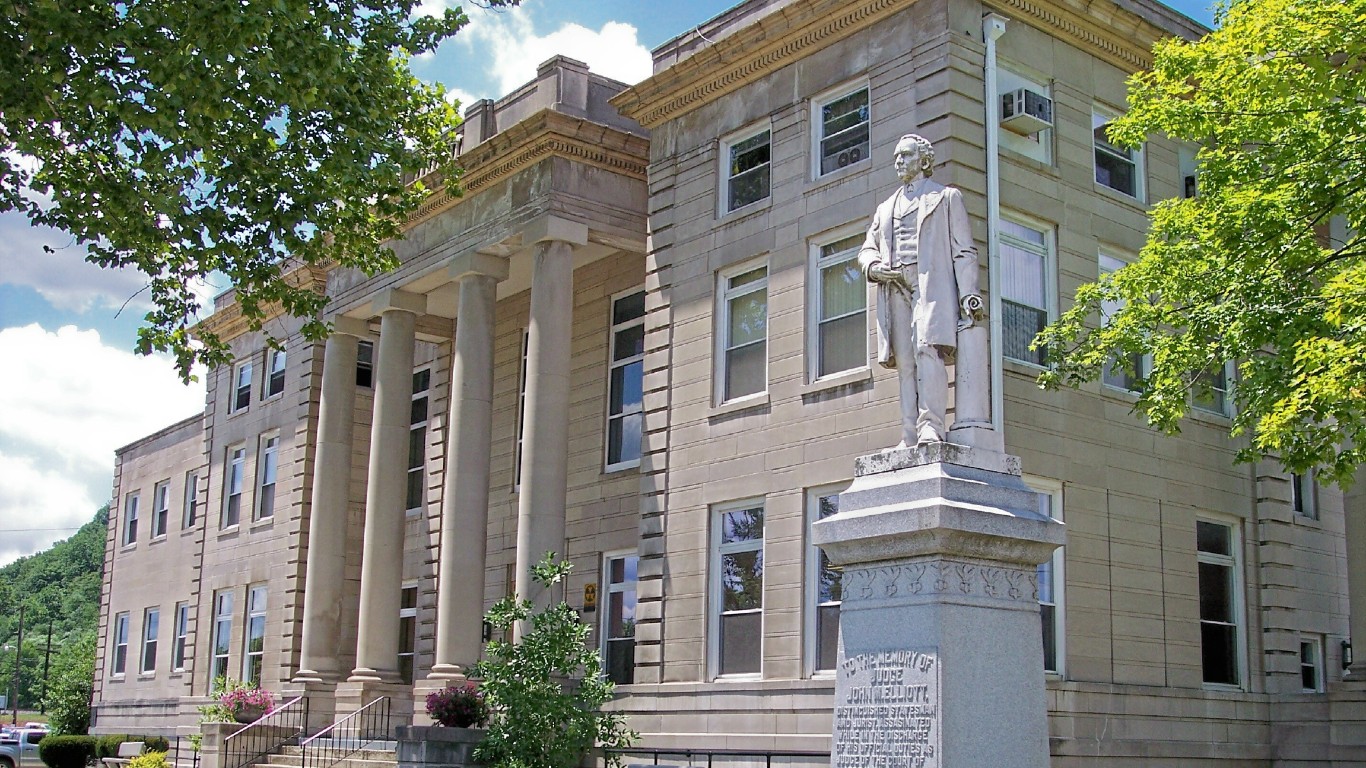
25. Boyd, Kentucky
> Pharmacies per 10k residents: 3.64
> Total pharmacies: 17
> Population reporting sub-optimal health: 20.4% — #816 highest out of 2,830
[in-text-ad]
24. Oneida, Wisconsin
> Pharmacies per 10k residents: 3.65
> Total pharmacies: 13
> Population reporting sub-optimal health: 12.1% — #2,639 highest out of 2,830

23. Colbert, Alabama
> Pharmacies per 10k residents: 3.80
> Total pharmacies: 21
> Population reporting sub-optimal health: 20.9% — #730 highest out of 2,830

22. Mille Lacs, Minnesota
> Pharmacies per 10k residents: 3.81
> Total pharmacies: 10
> Population reporting sub-optimal health: 14.0% — #2,225 highest out of 2,830
[in-text-ad-2]

21. McCracken, Kentucky
> Pharmacies per 10k residents: 3.82
> Total pharmacies: 25
> Population reporting sub-optimal health: 21.5% — #637 highest out of 2,830

20. Harlan, Kentucky
> Pharmacies per 10k residents: 3.84
> Total pharmacies: 10
> Population reporting sub-optimal health: 28.2% — #83 highest out of 2,830
[in-text-ad]
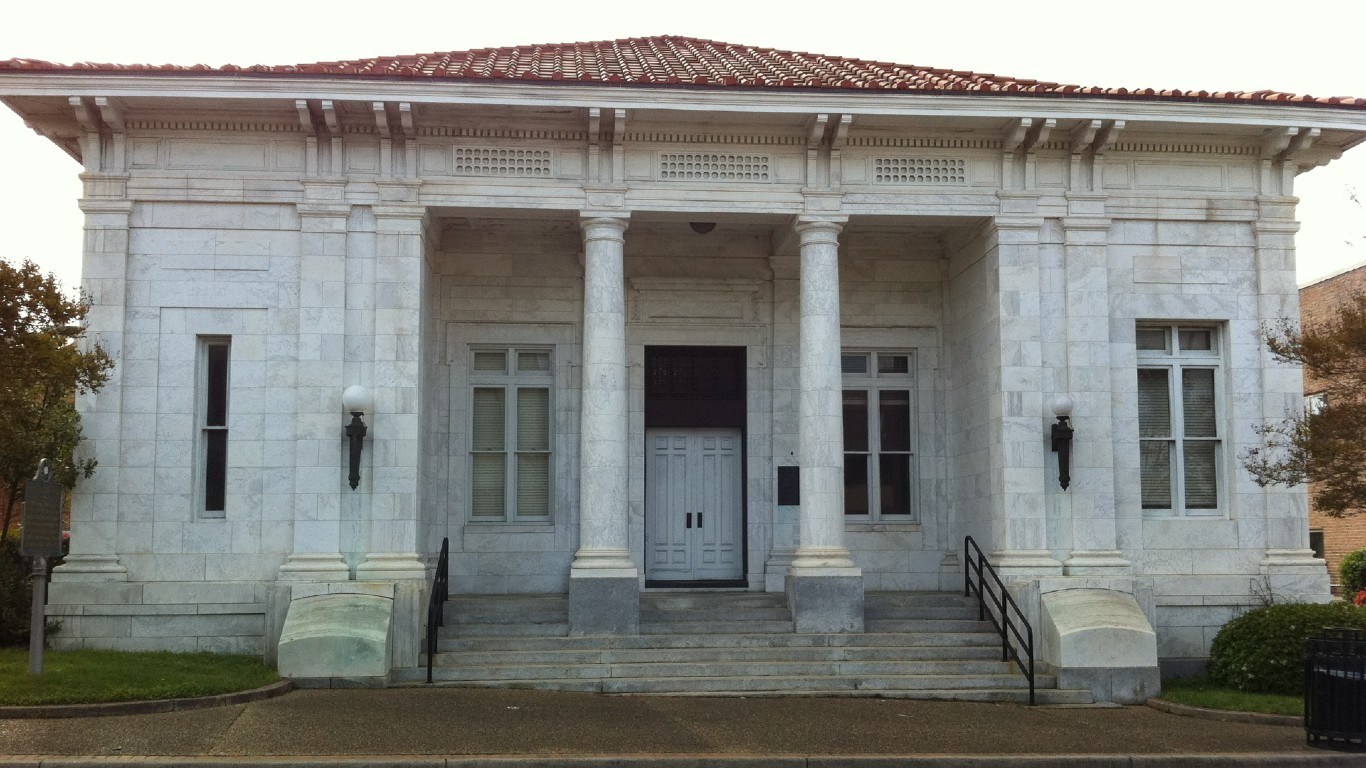
19. Forrest, Mississippi
> Pharmacies per 10k residents: 3.87
> Total pharmacies: 29
> Population reporting sub-optimal health: 23.3% — #380 highest out of 2,830
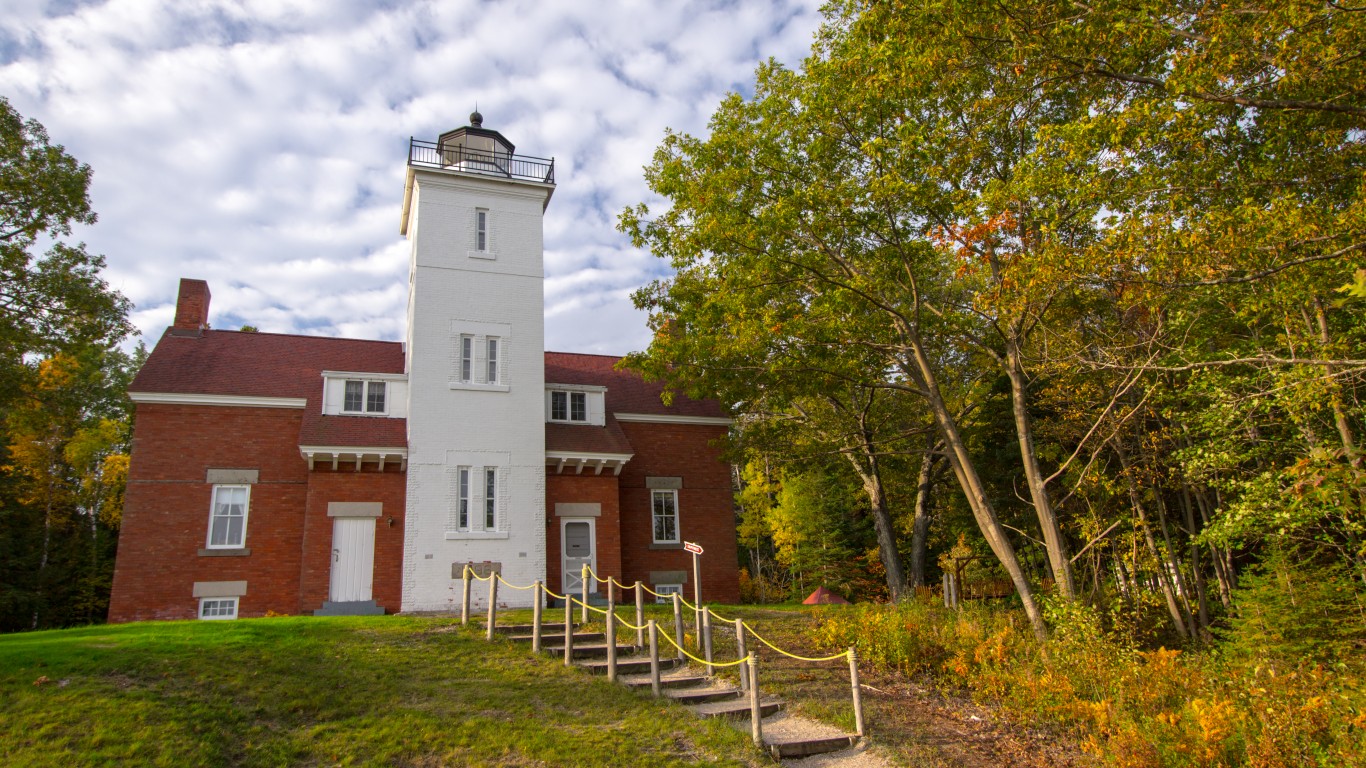
18. Alpena, Michigan
> Pharmacies per 10k residents: 3.87
> Total pharmacies: 11
> Population reporting sub-optimal health: 14.7% — #2,065 highest out of 2,830

17. Kanawha, West Virginia
> Pharmacies per 10k residents: 3.87
> Total pharmacies: 69
> Population reporting sub-optimal health: 21.8% — #582 highest out of 2,830
[in-text-ad-2]

16. McNairy, Tennessee
> Pharmacies per 10k residents: 3.89
> Total pharmacies: 10
> Population reporting sub-optimal health: 24.5% — #245 highest out of 2,830

15. Evangeline, Louisiana
> Pharmacies per 10k residents: 3.89
> Total pharmacies: 13
> Population reporting sub-optimal health: 25.0% — #212 highest out of 2,830
[in-text-ad]

14. Hardin, Tennessee
> Pharmacies per 10k residents: 3.90
> Total pharmacies: 10
> Population reporting sub-optimal health: 24.4% — #258 highest out of 2,830

13. Ware, Georgia
> Pharmacies per 10k residents: 3.92
> Total pharmacies: 14
> Population reporting sub-optimal health: 21.9% — #569 highest out of 2,830

12. Madison, Nebraska
> Pharmacies per 10k residents: 3.99
> Total pharmacies: 14
> Population reporting sub-optimal health: 16.0% — #1,744 highest out of 2,830
[in-text-ad-2]

11. Smyth, Virginia
> Pharmacies per 10k residents: 4.32
> Total pharmacies: 13
> Population reporting sub-optimal health: 17.6% — #1,345 highest out of 2,830

10. Greenbrier, West Virginia
> Pharmacies per 10k residents: 4.33
> Total pharmacies: 15
> Population reporting sub-optimal health: 21.7% — #599 highest out of 2,830
[in-text-ad]
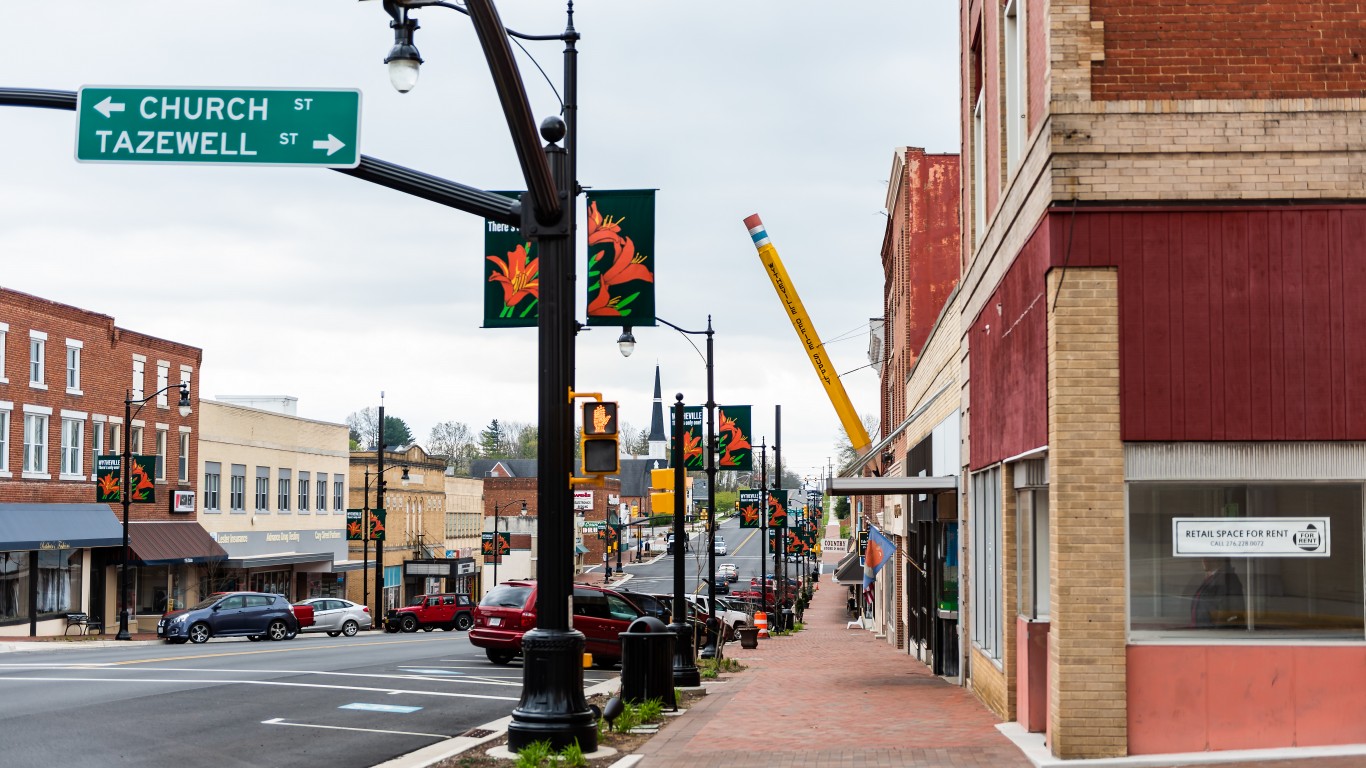
9. Tazewell, Virginia
> Pharmacies per 10k residents: 4.43
> Total pharmacies: 18
> Population reporting sub-optimal health: 17.2% — #1,448 highest out of 2,830

8. Raleigh, West Virginia
> Pharmacies per 10k residents: 4.63
> Total pharmacies: 34
> Population reporting sub-optimal health: 24.8% — #232 highest out of 2,830
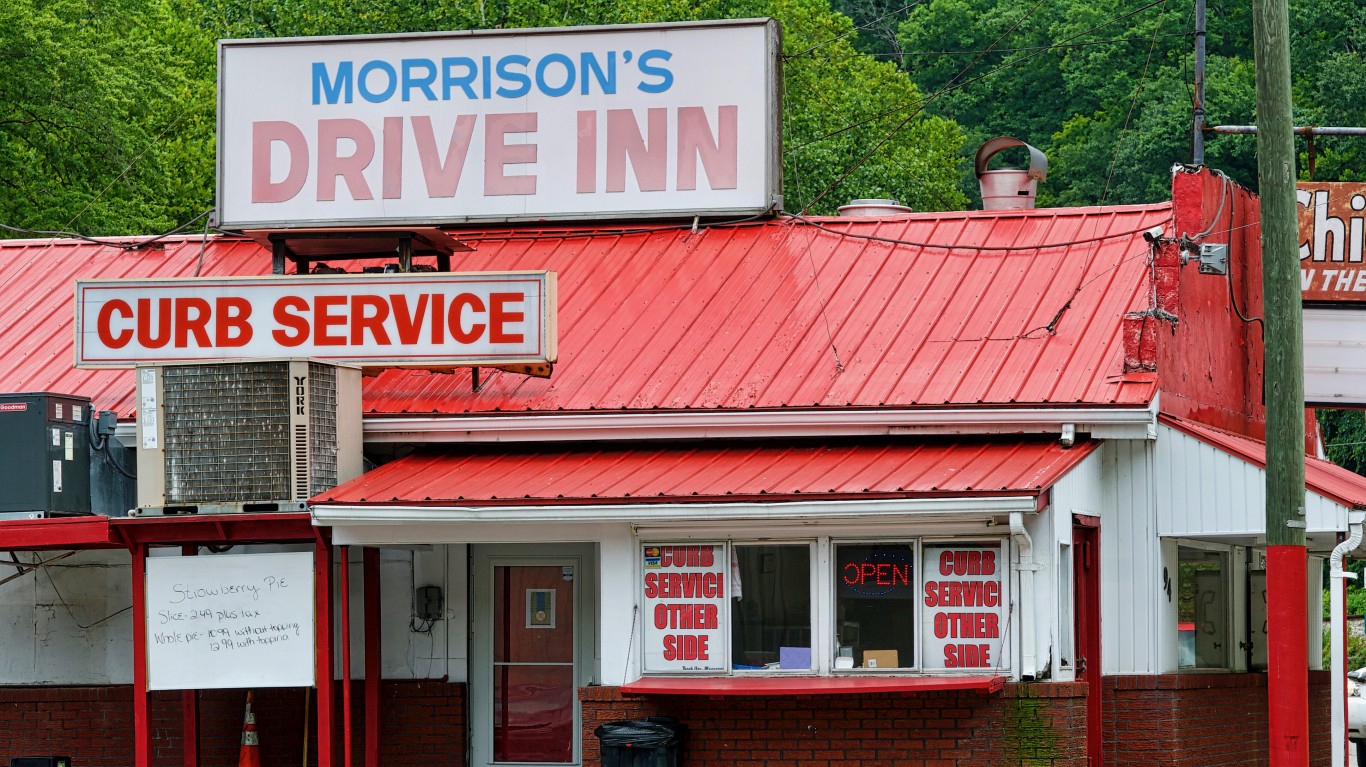
7. Logan, West Virginia
> Pharmacies per 10k residents: 4.68
> Total pharmacies: 15
> Population reporting sub-optimal health: 25.5% — #175 highest out of 2,830
[in-text-ad-2]
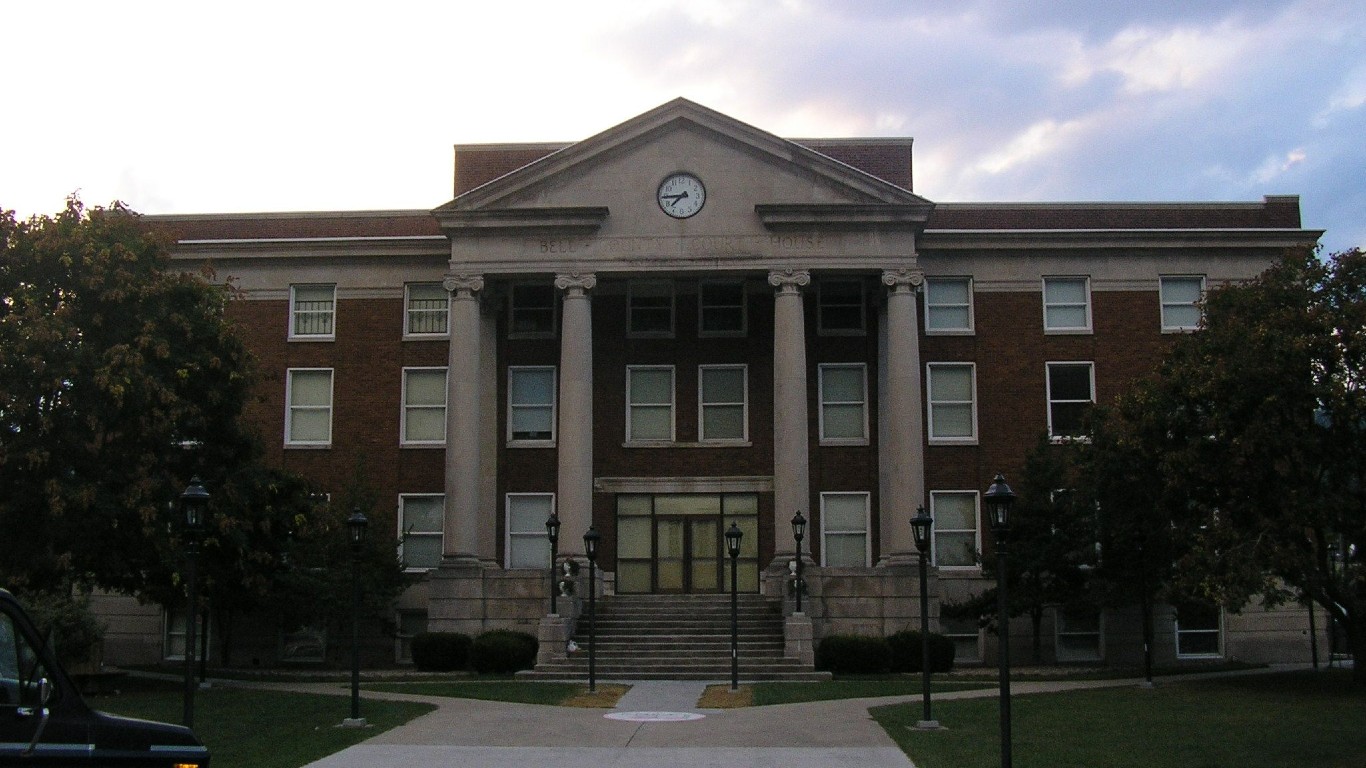
6. Bell, Kentucky
> Pharmacies per 10k residents: 4.99
> Total pharmacies: 13
> Population reporting sub-optimal health: 28.7% — #70 highest out of 2,830

5. Whitley, Kentucky
> Pharmacies per 10k residents: 5.24
> Total pharmacies: 19
> Population reporting sub-optimal health: 26.4% — #135 highest out of 2,830
[in-text-ad]
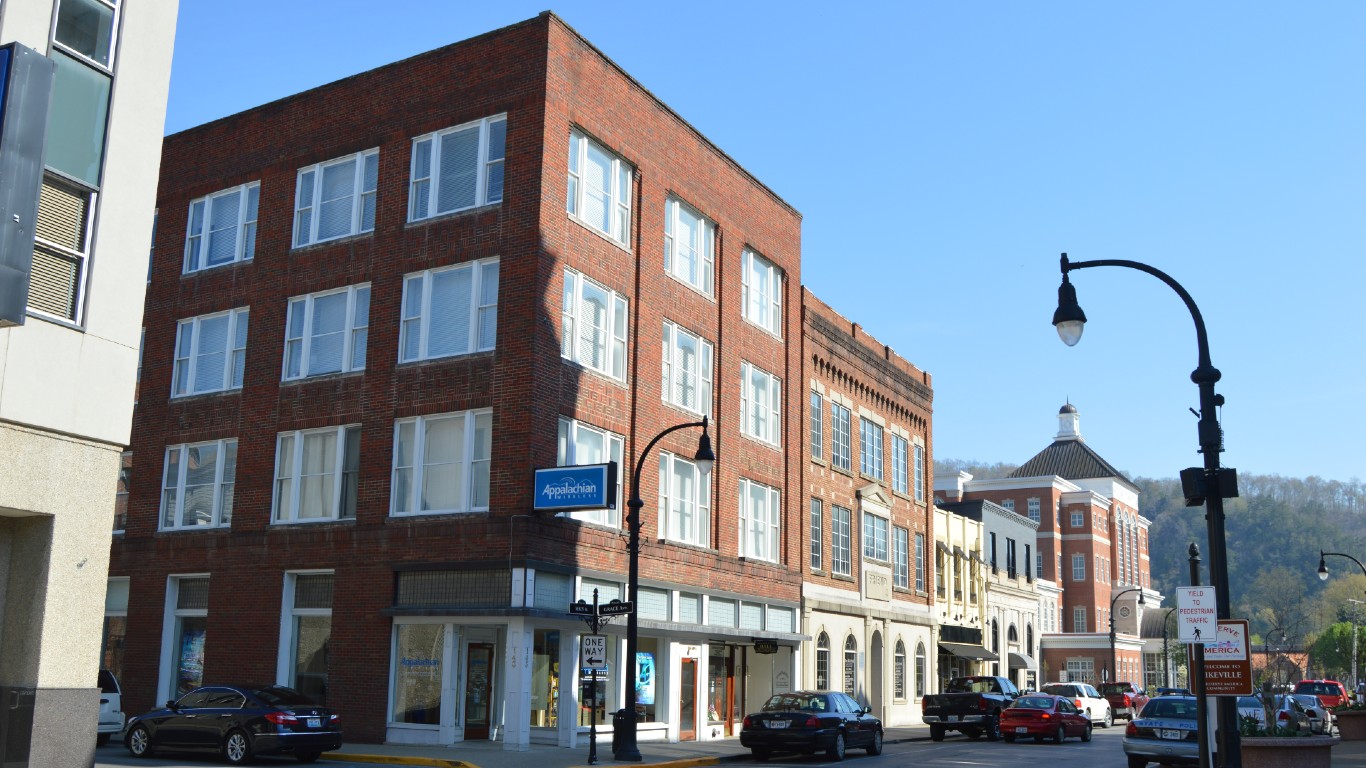
4. Pike, Kentucky
> Pharmacies per 10k residents: 5.87
> Total pharmacies: 34
> Population reporting sub-optimal health: 25.6% — #171 highest out of 2,830
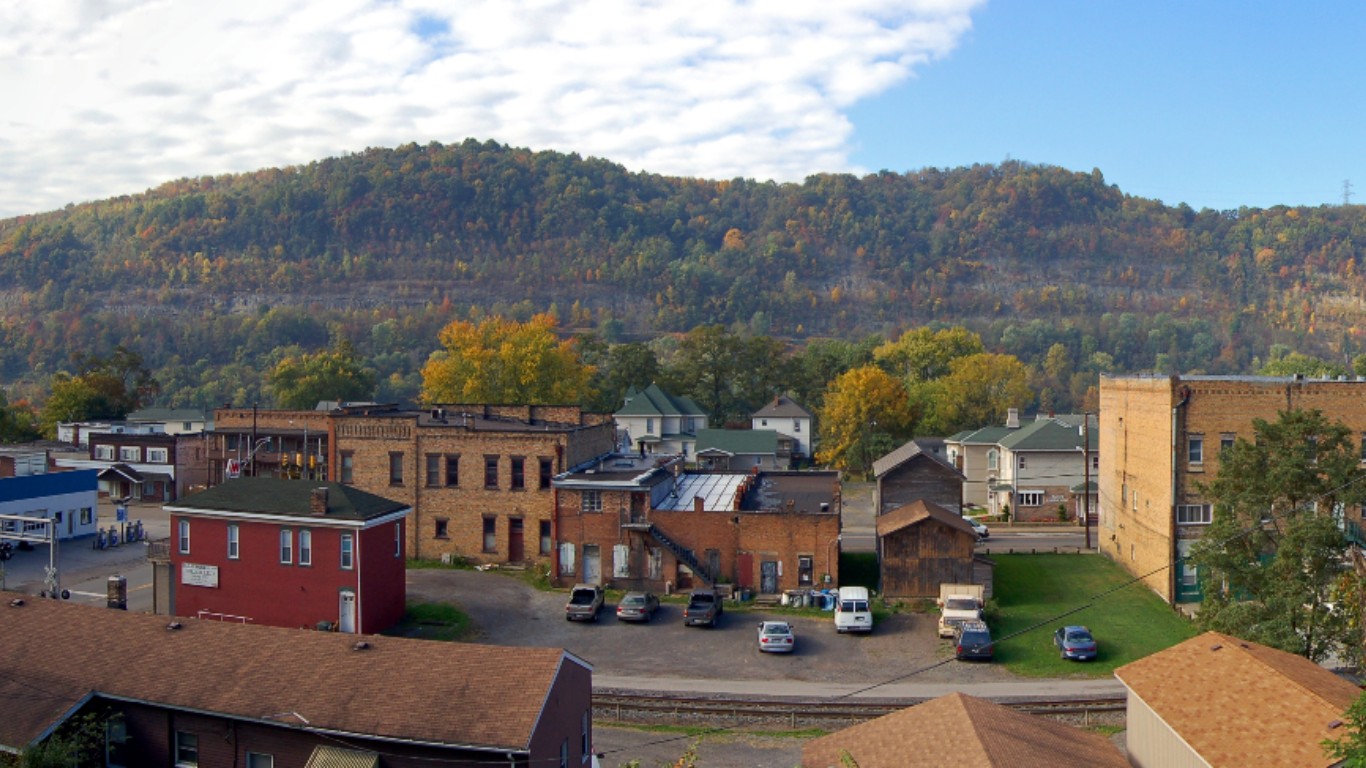
3. Hancock, West Virginia
> Pharmacies per 10k residents: 6.25
> Total pharmacies: 18
> Population reporting sub-optimal health: 21.1% — #688 highest out of 2,830

2. Floyd, Kentucky
> Pharmacies per 10k residents: 6.74
> Total pharmacies: 24
> Population reporting sub-optimal health: 29.3% — #62 highest out of 2,830
[in-text-ad-2]

1. Perry, Kentucky
> Pharmacies per 10k residents: 7.38
> Total pharmacies: 19
> Population reporting sub-optimal health: 26.0% — #151 highest out of 2,830
Find a Qualified Financial Advisor (Sponsor)
Finding a qualified financial advisor doesn’t have to be hard. SmartAsset’s free tool matches you with up to 3 fiduciary financial advisors in your area in 5 minutes. Each advisor has been vetted by SmartAsset and is held to a fiduciary standard to act in your best interests. If you’re ready to be matched with local advisors that can help you achieve your financial goals, get started now.
Thank you for reading! Have some feedback for us?
Contact the 24/7 Wall St. editorial team.

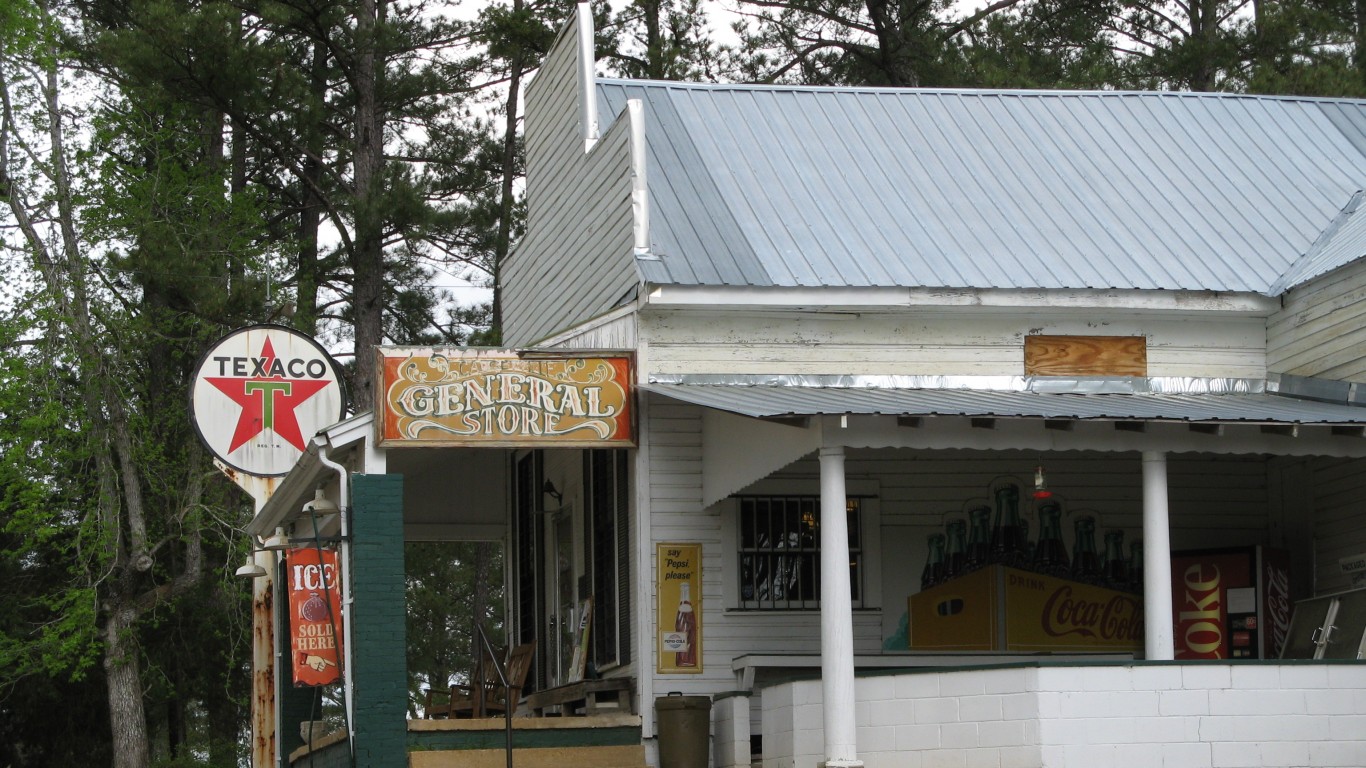

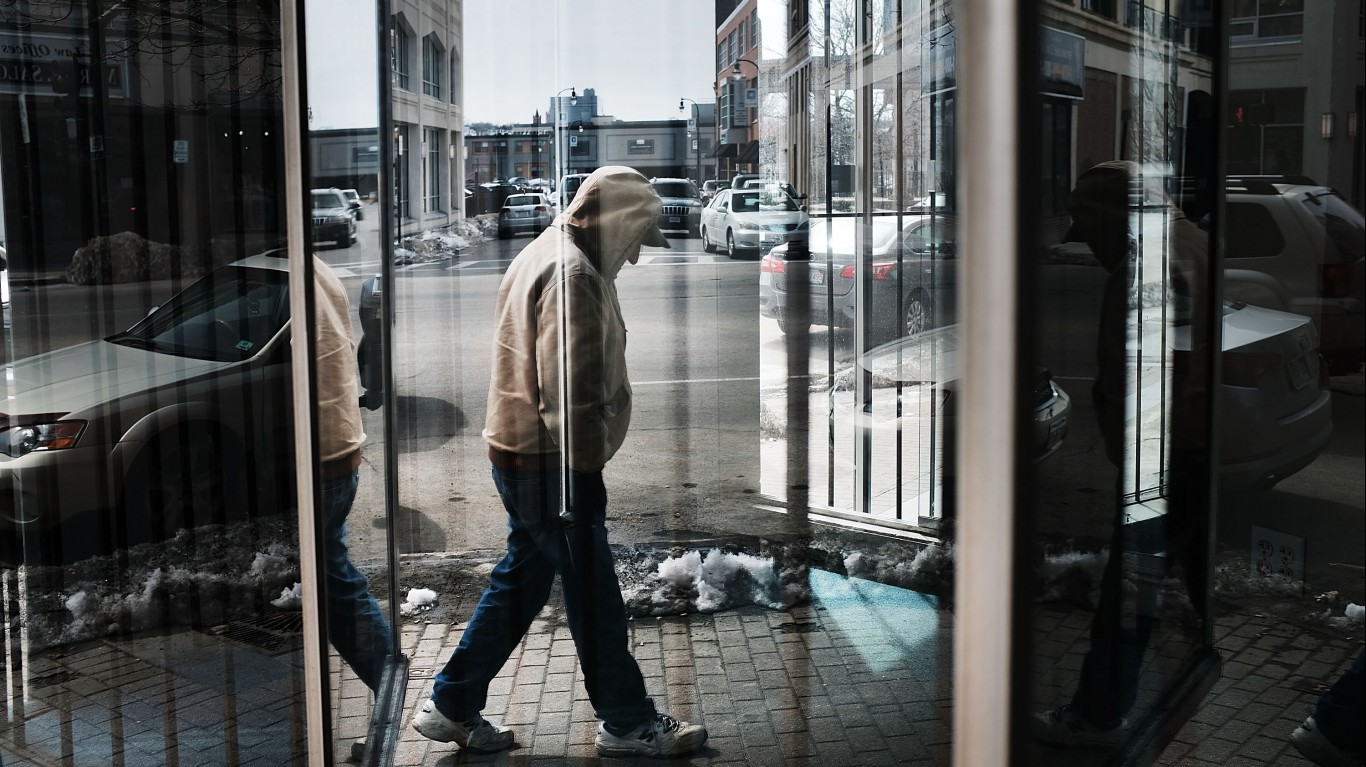 24/7 Wall St.
24/7 Wall St.
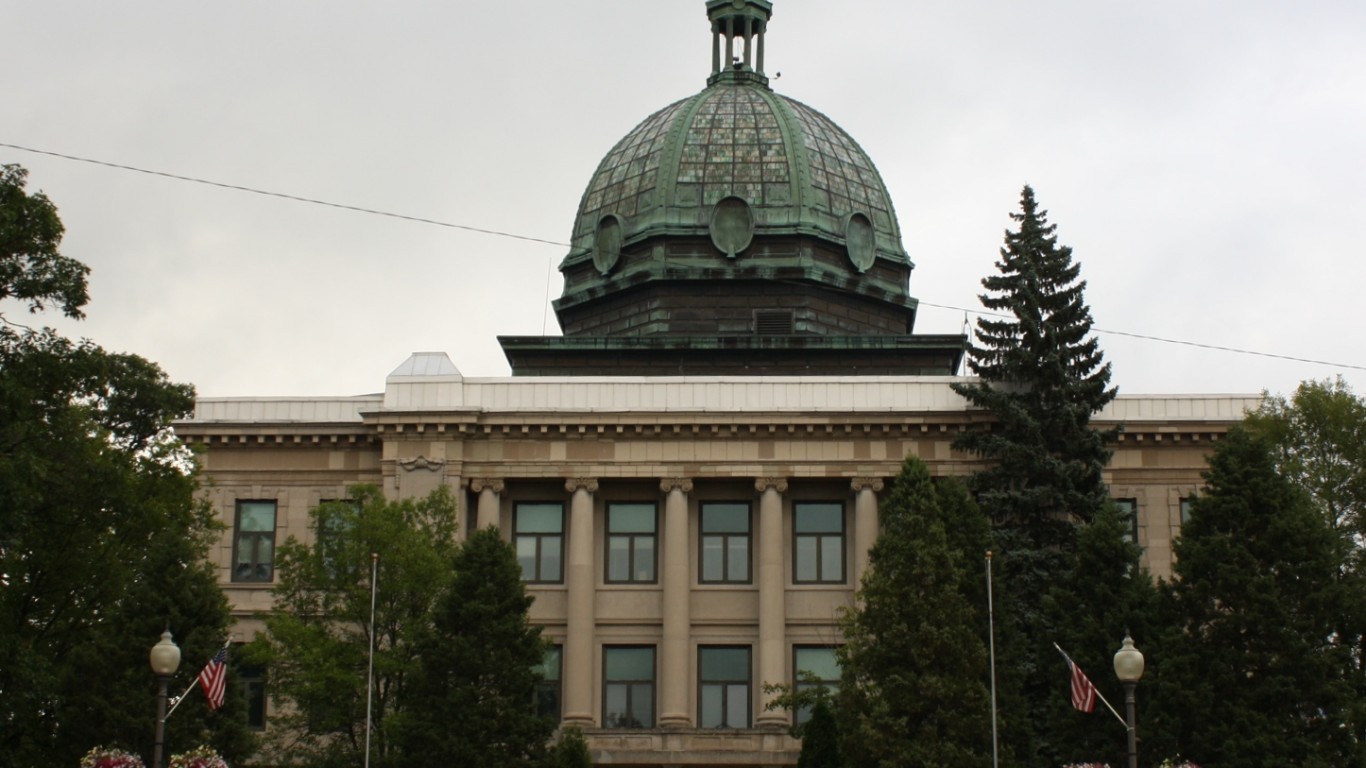
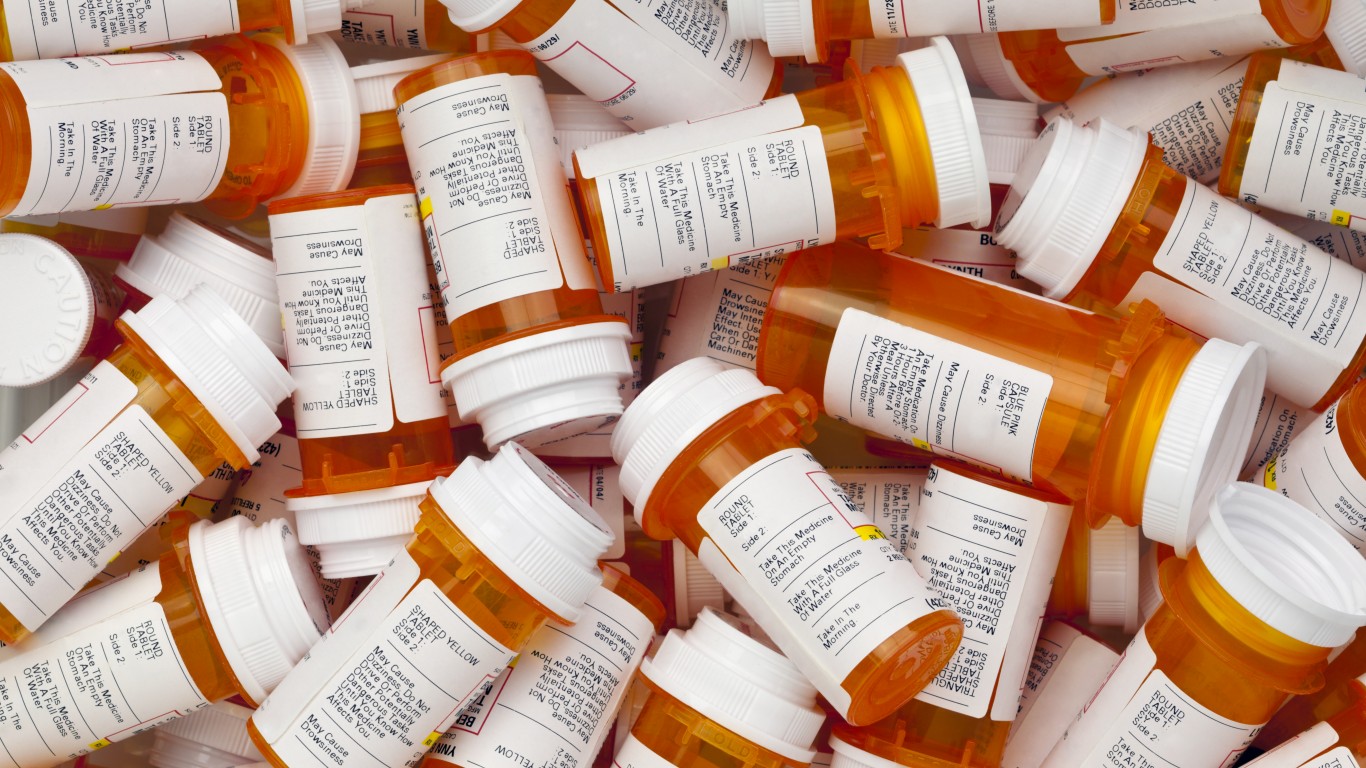 24/7 Wall St.
24/7 Wall St. 24/7 Wall St.
24/7 Wall St.